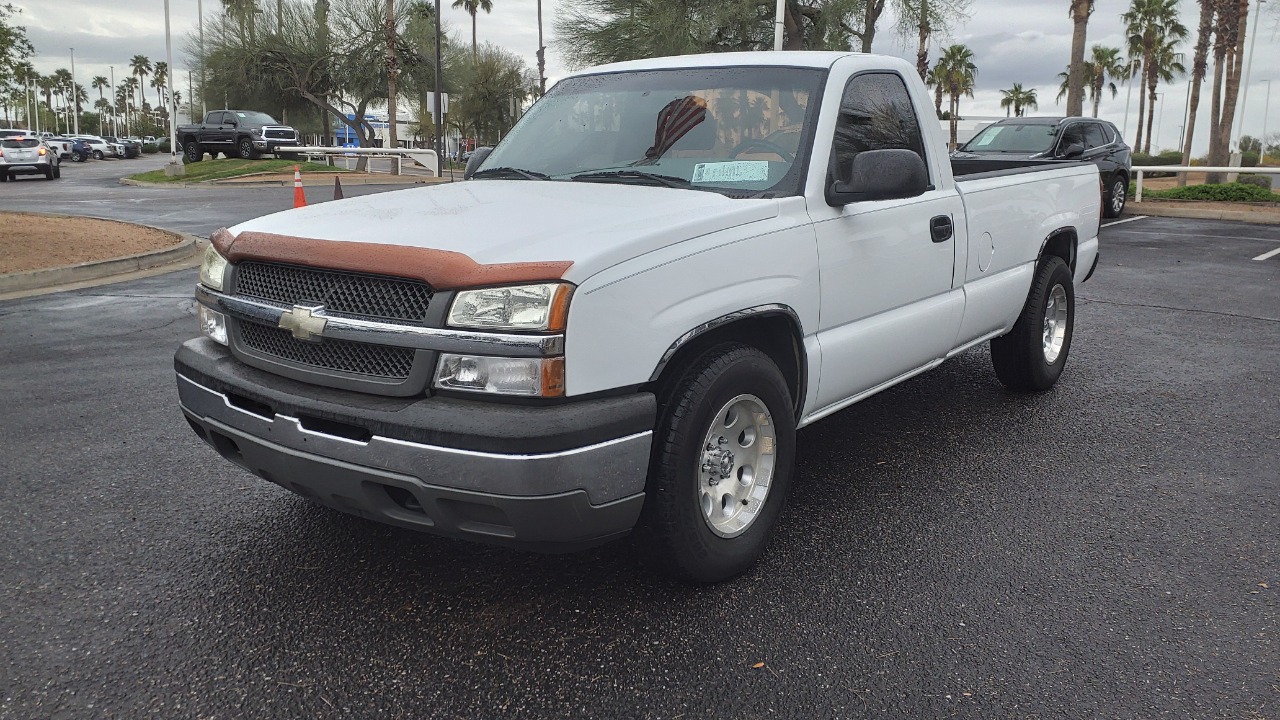
The 5.3L Vortec engine has earned its place as Chevrolet’s longest-lasting pickup truck engine, powering popular models like the Silverado and demonstrating exceptional durability. Many of these engines have surpassed 300,000 miles without requiring major overhauls. Introduced in the late 1990s, the 5.3L Vortec became a staple in GM’s full-size trucks and SUVs, combining V8 power with efficiency, which has solidified its reputation in the American automotive market.
Development and Introduction of the 5.3L Vortec
The 5.3L Vortec engine originated within GM’s Vortec family, boasting a displacement of 5,329 cc. It made its debut in the 1999 Chevrolet Silverado 1500, featuring design elements like aluminum heads that improved heat management. This engine was designed to replace smaller engines, meeting the growing demand for increased towing capacity, which reached up to 10,000 pounds in half-ton trucks. This strategic move allowed Chevrolet to cater to a broader market segment seeking both power and reliability in their vehicles.
Upon its introduction, the 5.3L Vortec was quickly integrated into GM truck variants, playing a crucial role in boosting the manufacturer’s truck sales dominance in the early 2000s. The engine’s robust performance and adaptability were key factors in its positive market reception. As noted by TopSpeed, the engine’s introduction helped solidify GM’s position as a leader in the pickup truck market during this period.
Applications in Iconic Chevrolet and GMC Vehicles
The 5.3L Vortec engine has been a mainstay in the Chevrolet Silverado lineup since 1999, delivering between 285 and 315 horsepower depending on the generation. This power output made it an ideal choice for both work-related tasks and everyday driving. Its versatility was further showcased in the Chevy Avalanche, a unique half-pickup, half-SUV hybrid introduced in 2001. The Avalanche utilized the engine’s capabilities to offer both utility and comfort, contributing to over 600,000 units sold through 2013, as highlighted by Driving Line.
In addition to its use in Chevrolet vehicles, the 5.3L Vortec was also implemented in GMC trucks like the Sierra 1500. This engine helped the Sierra rank among the best for reliability in various rankings of top GMC pickups. Its consistent performance across model years has been praised by both consumers and industry experts, further cementing its reputation as a reliable powerplant. According to TopSpeed, the Sierra 1500’s reliability has been a significant factor in its enduring popularity.
Reliability Factors and Longevity Achievements
The 5.3L Vortec’s durability can be attributed to several key factors, including its iron block construction and the introduction of variable valve timing in later versions. These features have enabled many units to reach 400,000 miles or more with routine maintenance. Real-world examples abound, with owners reporting Silverado trucks logging over 500,000 miles on original components, underscoring the engine’s status as Chevrolet’s most enduring powerplant. As noted by HotCars, the engine’s design minimized common V8 failures, such as excessive oil consumption, which plagued some competitors.
Compared to other GM engines, the 5.3L Vortec stands out for its reliability and longevity. Its design effectively addressed common issues seen in other V8 engines, contributing to its reputation as a dependable choice for long-term use. This reliability has made the 5.3L Vortec a preferred option for those seeking a durable and efficient engine for their vehicles.
Common Issues and Problematic Model Years
Despite its many strengths, the 5.3L Vortec engine has experienced some known weaknesses, particularly in models equipped with the active fuel management (AFM) system. Between 2007 and 2013, AFM failures led to lifter issues and potential engine damage if not addressed promptly. The worst years for these problems were 2005-2006 and 2014-2015, where piston slap and AFM-related issues were most prevalent, affecting thousands of Silverado and Sierra units. Jalopnik provides detailed insights into these problematic years.
To mitigate these issues, many owners have turned to aftermarket AFM disable kits, which have proven effective in extending engine life in affected vehicles. These kits have become popular solutions within GM truck communities, allowing owners to bypass the problematic AFM system and maintain their engine’s performance and longevity.
Lasting Legacy in Modern GM Trucks
The 5.3L Vortec’s legacy continues in modern GM trucks, with evolutions into Gen IV and V8 variants still used in current Silverado and Sierra models. These newer versions maintain the core 5.3L architecture, ensuring backward compatibility and proven reliability. The engine’s enduring design has allowed it to remain a staple in GM’s lineup, offering a balance of power and efficiency that appeals to a wide range of consumers.
Culturally, the 5.3L Vortec has left a significant impact, particularly through its use in the Chevy Avalanche. The Avalanche’s innovative Midgate feature, paired with the 5.3L’s power, influenced hybrid truck designs and cemented the engine’s place in Chevrolet history. As Driving Line notes, the Avalanche’s success demonstrated the engine’s versatility and contributed to its lasting legacy.
In the used market, the 5.3L Vortec remains highly sought after, with high-mileage examples commanding premium prices due to their reputation for outlasting newer eco-focused engines. This ongoing popularity underscores the engine’s status as a reliable and enduring choice for those seeking a dependable powerplant for their vehicles.